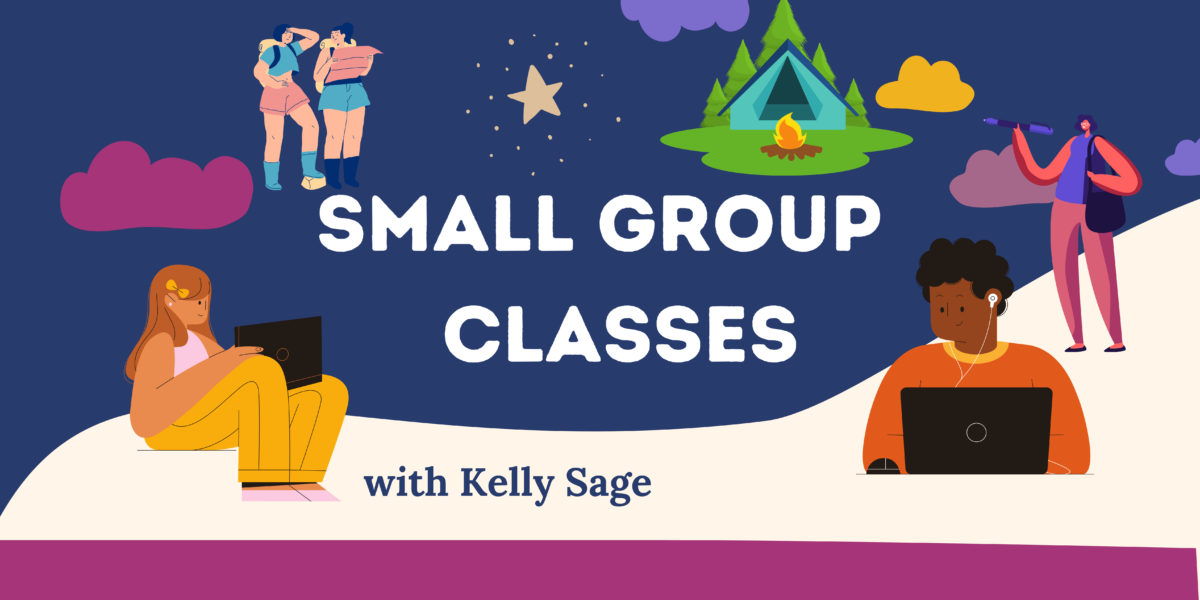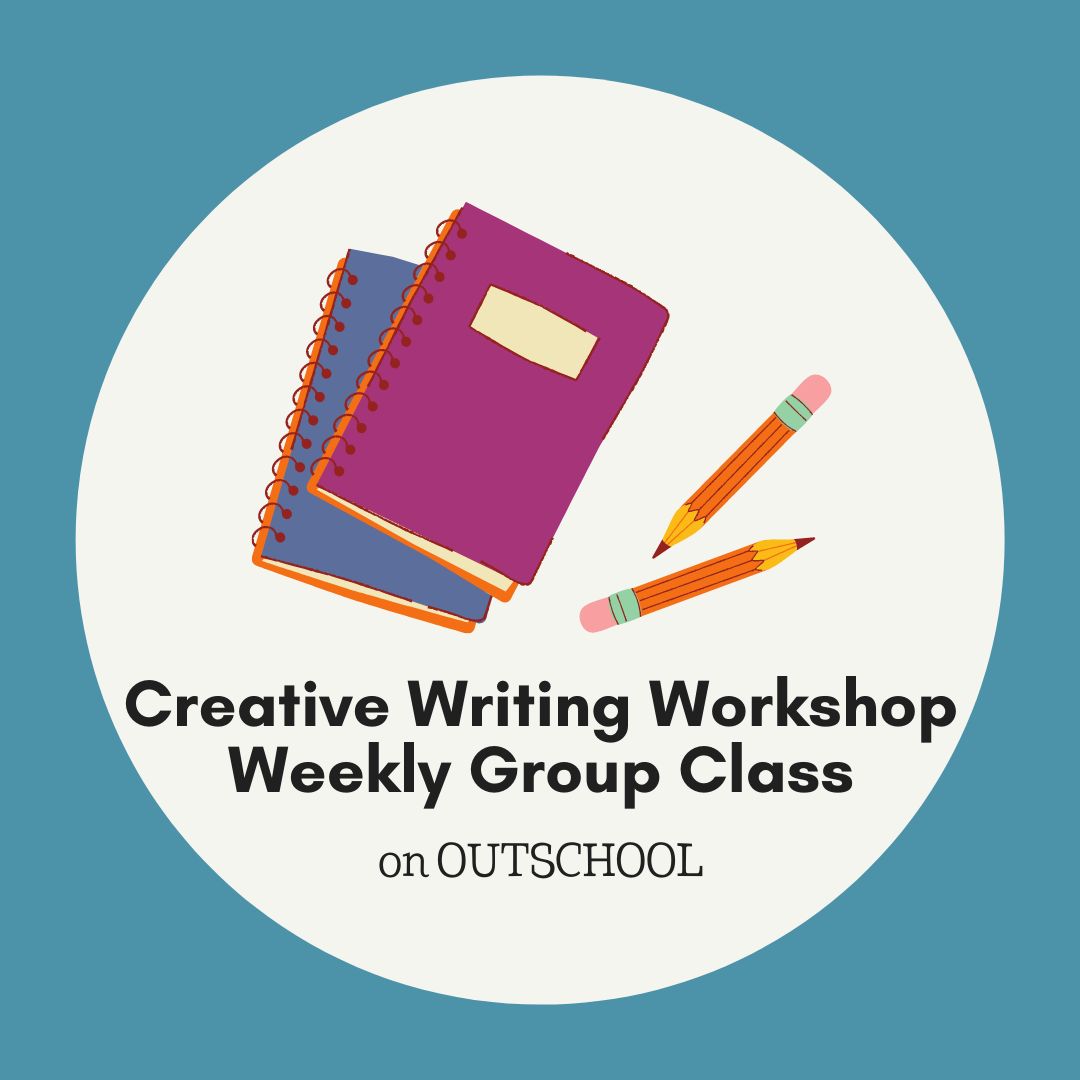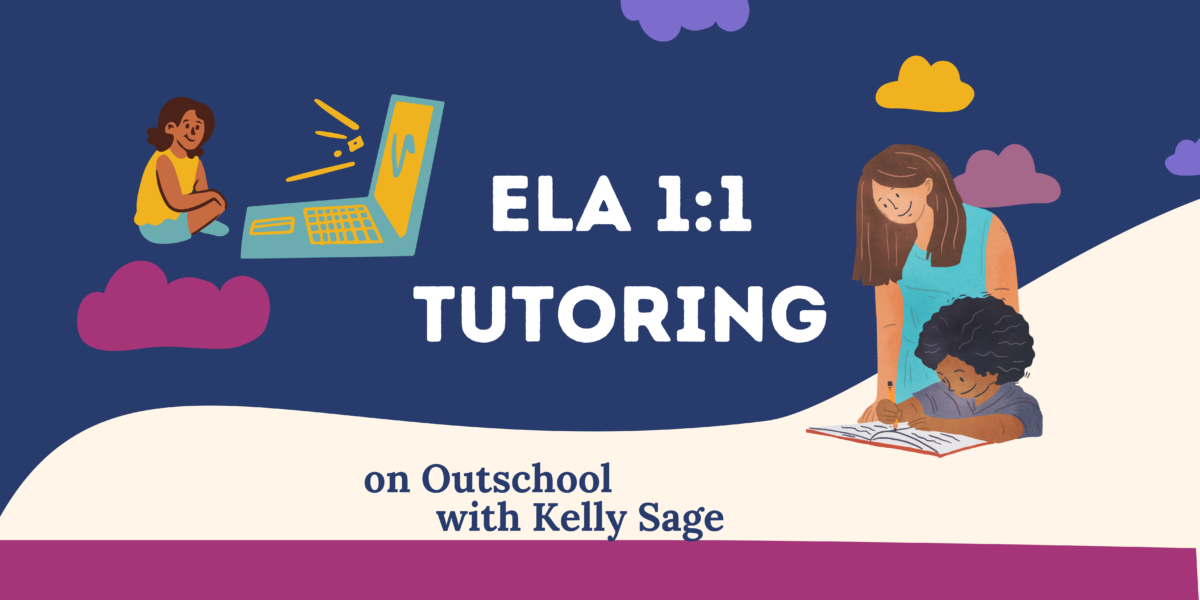Disclosure- Links in this post may be affiliate links. If you click through and make a purchase, I earn a commission at no additional cost to you. Unless noted, if I am reviewing a product, I have been compensated for my time. I write honest reviews. They are not required to be positive. I only recommend the resources we love and use.

Disclosure- Links in this post may be affiliate links. If you click through and make a purchase, I earn a commission at no additional cost to you. Unless noted, if I am reviewing a product, I have been compensated for my time. I write honest reviews. They are not required to be positive. I only recommend the resources we love and use.
The first week of school was always one of my favorite weeks to teach. We created routines, talked about what we were going to learn, shared our interests, and got to know each other. It was important my students and I used our first days together to set the stage for what was to come. The activities we did together helped us begin to create a classroom culture. We used those first weeks to begin to build the layers of trust and community that would serve us as we spent the year learning together.
I continue to use a number of the first week of school activities I used in my classroom at home with my homeschooler. Each season we spend time talking about what she wants to learn, what’s interesting to her, and we check in with each other to make sure the routines and rhythms we’re using are working for everyone.

One way I make sure this happens is each season we redo our family rhythm. We take out what isn’t working, add in new activities and schedules, and talk about what we want to make sure stays the same.
In past years, we moved screen time from mornings to afternoons. Game nights and movie nights changed days. We added in some time to work on spelling, we’re carved out time for community soccer, and my son’s tried out some online classes.
Taking time to let my students and children think about their interests, set goals, organize their time, and share their ideas is always time well spent.
Here are a few things other ways to help the kids in your life, whether they are at home or in the classroom, settle into a new school year, create connections, build community, and get excited about what they are learning.
Back-to-School Activities
Create your own handouts, or head to Creative ELA and download/print everything listed below.
Interest Questionnaire
A great way for to get to know kids, for students to get to know each other, and for children/teens to reflect on their interests is to have students interview themselves about all the things they love and hope to learn. Afterward, they can share their answers with the class, in a pair-share or in groups. Use student answers (with permission) to create a collective word collage and post for inspiration.
The questionnaire can also be a document in a portfolio or reading/writing handbook. It is a great place to start gathering project topics, book lists, and ideas.
Writing Territories List
Another great way to get your kids thinking about what they love and are interested in is a Writing Territories List. Divide a sheet of paper into three sections and title one section topic, one audience, and one genre. Then let kids know the sky is the limit. Students write down anything they want to write about one day. They write down any audience they hope to write for (including themselves and write down all the genres they’d like to play with. Once a student.
Prompts- Here are a few ideas to get kids started.
For the topic section- what stories do you tell? What people or animals do you love? Where have you traveled? What do you love, dislike, wonder, believe, question? What scares you? What’s your best, first, and worst memory?
For the audience- who would you like to or for this year? Maybe a family member, friend, newspaper, elected official, favorite author, self, someone who’s died, yourself in ten years, a hero, a villain.
(Thinking about the audience might also lead to more topics! What would you say or write about if you wrote to _______?)
for the genre- what types of writing do you want to try this year? What types of writing do you do on a regular basis? Talk about all the ways people write: Email, texting, short stories, journal entries, poems, letters, articles, social media posts, essays, blog posts, comic books, movie scripts, lists, etc.
Student Planner & Calendar
A simple calendar sheet, divided into three sections (morning, afternoon, and evening), is a helpful way for kids to plan their days and think about how they want to spend their time. We all appreciate having autonomy over our day and knowing what is ahead. It’s also helpful in making sure a child’s day has balance and plenty of time to play.
Reading Survey
Students answer a list of questions about reading and how it relates to them. Some questions might include: What are your favorite books? How many books do you want to read this year? What genres would you like to try? A reading survey is a great way to get to know students, get students thinking about their reading goals, and find out how they feel about reading.
Writing Survey
Similar to the reading survey, but this time about writing. This activity helps students think about their relationship to writing. Questions might include: What do you love to write about? What goals do you have as a writer? What have you written that you’re proud of? A writing survey, like a reading survey, helps teachers learn about a student’s feelings, experiences, and interests in writing.
Surveys are not just for English! Create a science, math, history, or art survey. Find out what your students love, wonder, hope to learn, and find challenging. Surveys help students think about themselves in relation to the subject and set goals for the weeks and months ahead.
Classroom Agreements
One of the most effective ways I made sure my classroom was a place every student could learn was by creating classroom agreements with my students. In each class, I asked my students what they thought our classroom agreements should be. First individually, then in small groups, and finally as a class, they brainstormed what we needed to do to have a kind, safe, fun classroom that allowed everyone to learn. I wrote down their answers on a large piece of paper and posted it in our classroom. Their answers were ALWAYS exactly what they need to be, and because they created our agreements, my students were much more likely to use and remember them.
Whether you have a classroom filled with students or your children, learning at home, building community, and a love of learning is encouraged when we help students think about their interests, share their findings, and build connections in their classrooms and homes.
*I was introduced to a writing territories list and the reading/writing survey in In the Middle by Nancie Attwell. It is an invaluable resource for teaching.



























Looks like you’re well on your way to a productive and fun year! I love the ideas you shared for getting off on the right foot, especially getting lots of input from your kids. Makes them partners in their learning. Thanks for sharing at Fridays Unfolded. Pinned!
Thanks, Alison. It does makes a difference when they feel like partners. Makes sense since it’s their learning 🙂 Glad to have found Fridays Unfolded!